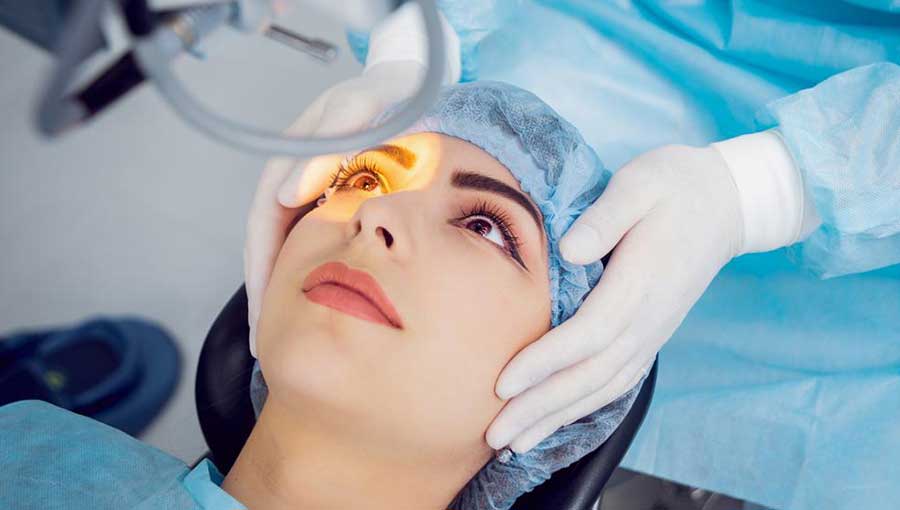Understanding Cataract Surgery: Essential Information You Should Know
Learn essential facts about cataract surgery, from preparation to recovery and insurance coverage. This guide covers different surgical techniques, post-op care, costs, and what to expect to help patients make informed decisions about their eye health.
Understanding Cataract Surgery: Essential Information You Should Know
Cataracts develop when the eye's lens becomes cloudy, causing vision to blur as if looking through foggy glass. This gradual condition can be hard to detect early but worsens over time, making daily activities like reading or driving difficult, especially at night. When cataracts impair quality of life, surgery is usually recommended.
Preparing for Cataract Surgery
Before surgery, an eye specialist will ask patients to:
Get an ultrasound to determine eye shape and size for the appropriate lens implant.
Avoid medications that increase bleeding risk.
Use prescribed antibiotic eye drops to prevent infections.
Fast for at least 12 hours prior to procedure.
Arrange transportation home, as the procedure is outpatient.
About the Procedure
Cataract surgery is a quick, outpatient process, typically lasting under an hour. Eye drops are used to dilate pupils, and local anesthetics numb the area. Some patients may receive a sedative to relax. The doctor either removes the cloudy lens and replaces it with an artificial one or removes the cataract without lens replacement in certain cases.
Three techniques are common: ultrasound-assisted removal, laser softening, or extracapsular extraction for complex cases. Recovery takes around 8 weeks, with mild side effects like itching or discomfort. Post-op care includes eye drops and possibly an eye patch. Seek medical attention immediately if experiencing severe pain, vision loss, redness, or flashes of light.
Insurance and Costs
Typically, cataract surgery costs around $3,500 per eye, with laser options being more expensive. Insurance coverage varies; Medicare and private plans usually cover standard procedures but may exclude advanced technologies or follow-up care outside 90 days. Verify coverage with your provider beforehand.










